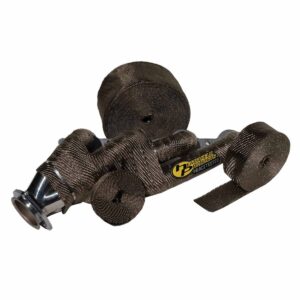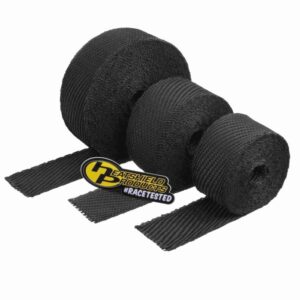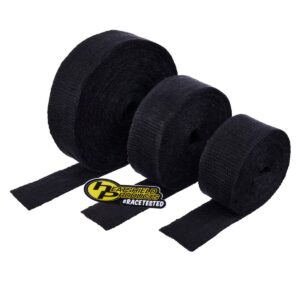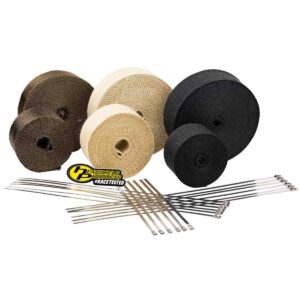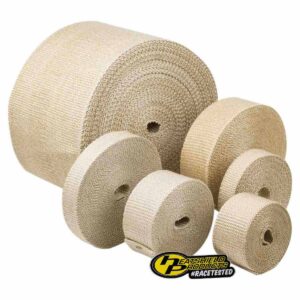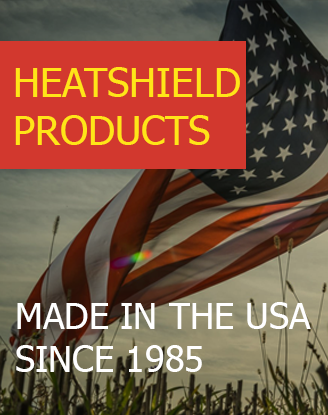Our exhaust wraps reduce radiant heat by up to 50%, lower under-hood temperatures, and improve exhaust gas flow for better performance and mileage. High-quality systems experience no adverse effects, ensuring durability and efficiency. Proudly Made in the USA for reliable, high-performance results.
Exhaust Wraps
Improve Performance
Increase exhaust gas flow
Reduce Radiant Heat
Protect sensitive components

Ultimate Thermal Collection
Innovative, durable, materials







